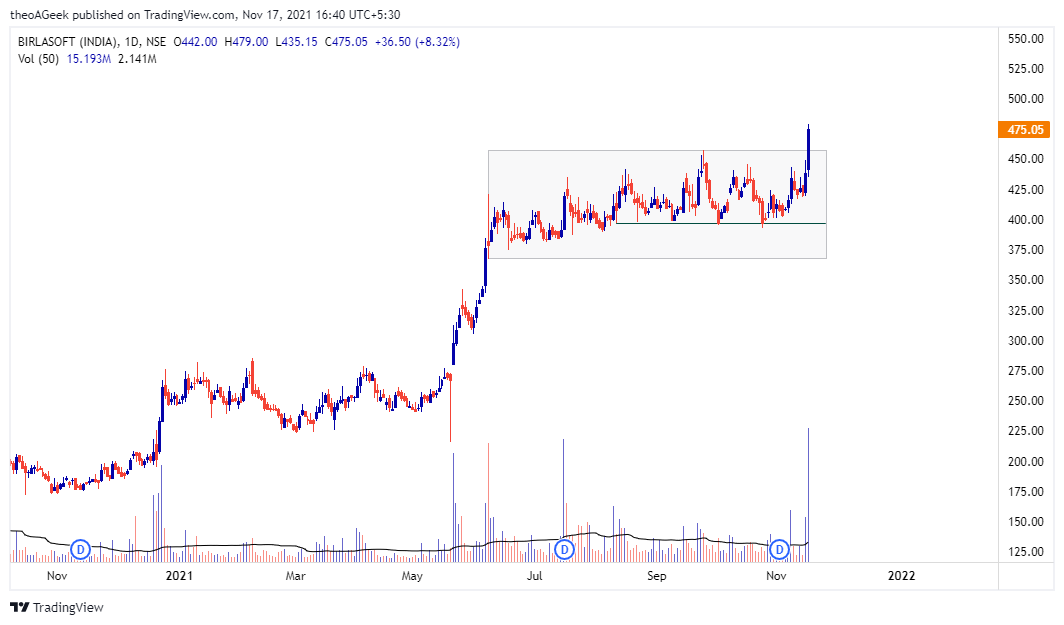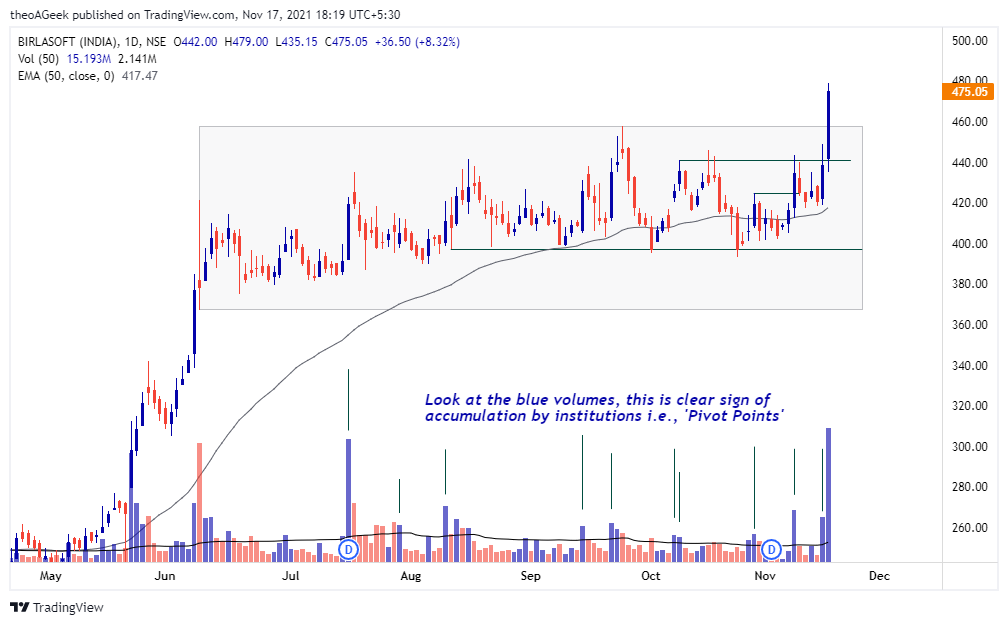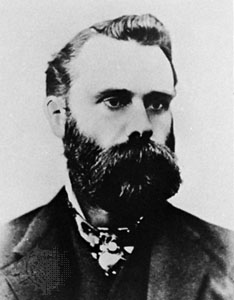
𝐕𝐎𝐋𝐀𝐓𝐈𝐋𝐈𝐓𝐘 𝐂𝐎𝐍𝐓𝐑𝐀𝐂𝐓𝐈𝐎𝐍 𝐏𝐀𝐓𝐓𝐄𝐑𝐍 💹
~𝐀 𝐓𝐡𝐫𝐞𝐚𝐝 🧵👇~
Please Like and Re-Tweet ♥️🙏
@ProdigalTrader @SouravSenguptaI @PAlearner @Puretechnicals9 @sanstocktrader
~𝐀 𝐓𝐡𝐫𝐞𝐚𝐝 🧵👇~
Please Like and Re-Tweet ♥️🙏
@ProdigalTrader @SouravSenguptaI @PAlearner @Puretechnicals9 @sanstocktrader
1/
Volatility Contraction Pattern (VCP) as laid out by
@markminervini is a contraction in price and volume of a security in its simplest meaning.
Some people think that making a few curves makes a VCP. This idea of VCP is so wrong that the pattern loses it's true essence.
Volatility Contraction Pattern (VCP) as laid out by
@markminervini is a contraction in price and volume of a security in its simplest meaning.
Some people think that making a few curves makes a VCP. This idea of VCP is so wrong that the pattern loses it's true essence.

2/
Allow me to explain -
A VCP is not a holy-grail pattern. A VCP has the same characteristics to a Cup & Handle, Inverse H&S, Triangles, Rectangles, among many others.
Allow me to explain -
A VCP is not a holy-grail pattern. A VCP has the same characteristics to a Cup & Handle, Inverse H&S, Triangles, Rectangles, among many others.
3/
The two main components of the VCP are:
(a) #Volatility - When a market experiences periods of sharp price movements. Can on the upside and downside both.
(b) #Volume - The number of shares of a security traded between its daily open and close.
The two main components of the VCP are:
(a) #Volatility - When a market experiences periods of sharp price movements. Can on the upside and downside both.
(b) #Volume - The number of shares of a security traded between its daily open and close.
4/
One key thing to look for is to make sure volatility contracts from left to right.
Here is an example of #Mindteck I shared a few weeks back:
One key thing to look for is to make sure volatility contracts from left to right.
Here is an example of #Mindteck I shared a few weeks back:
https://twitter.com/sarosijghosh/status/1463766814295408641?s=20
5/
The 1st important thing is to identify the reduction of price depths from left to right.
If you look at the above example of #Mindteck you can see that it looks like a box inside a bigger box inside another bigger box.
This is a classic '𝗩𝗖𝗣 𝗙𝗢𝗢𝗧𝗣𝗥𝗜𝗡𝗧' in action.
The 1st important thing is to identify the reduction of price depths from left to right.
If you look at the above example of #Mindteck you can see that it looks like a box inside a bigger box inside another bigger box.
This is a classic '𝗩𝗖𝗣 𝗙𝗢𝗢𝗧𝗣𝗥𝗜𝗡𝗧' in action.
6/
The 2nd important thing to spot is the volume. Look for reduction in volume when price is falling, and increase in volume when price is again trying to rise upwards.
This example of #BSE is also helpful:
The 2nd important thing to spot is the volume. Look for reduction in volume when price is falling, and increase in volume when price is again trying to rise upwards.
This example of #BSE is also helpful:
https://twitter.com/sarosijghosh/status/1452218607493173251?s=20
7/ Look at this chart of #SandurManganese.
Volume is very low during this current consolidation. Expecting a bullish move in this above 2016. Buy when the price breaks the high of the extreme right box, keeping a SL at the low of the box.
Volume is very low during this current consolidation. Expecting a bullish move in this above 2016. Buy when the price breaks the high of the extreme right box, keeping a SL at the low of the box.

8/
The key takeaway from this thread is to teach everyone that all price patterns at its core is nothing but a measure to gauge the demand and supply of a security. Price and Volume play an important role.
The key takeaway from this thread is to teach everyone that all price patterns at its core is nothing but a measure to gauge the demand and supply of a security. Price and Volume play an important role.
9/
VCP is an effective method because it deals with the supply and demand of a stock. You'll always follow the footprints of smart money if you follow this, because this is reactive technical analysis not predictive.
VCP is an effective method because it deals with the supply and demand of a stock. You'll always follow the footprints of smart money if you follow this, because this is reactive technical analysis not predictive.
10/
If you've read this far I sincerely thank you for taking your time out and reading this.
If you found value, then please Re-Tweet the first tweet in this thread for better reach and consider following me @sarosijghosh
If you've read this far I sincerely thank you for taking your time out and reading this.
If you found value, then please Re-Tweet the first tweet in this thread for better reach and consider following me @sarosijghosh
• • •
Missing some Tweet in this thread? You can try to
force a refresh










